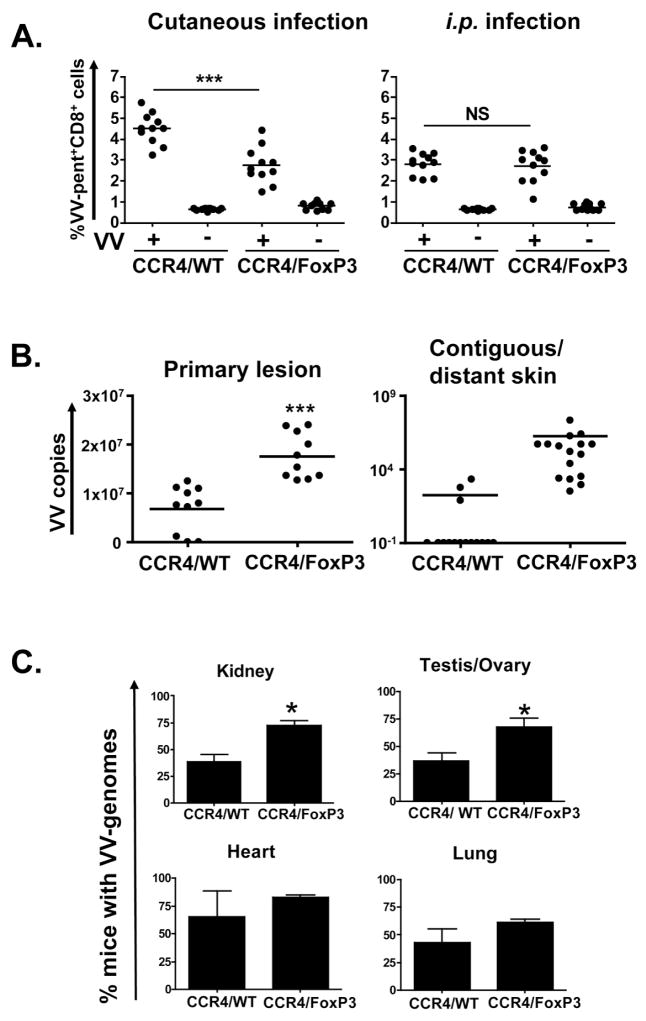Figure 6. Vaccinia virus infection of CCR4/FoxP3 chimeras.
CCR4/FoxP3 and CCR4/WT control chimeras were cutaneously or intraperitoneally infected with VV and analyzed eight days p.i.. Data were compiled from three independent experiments. (A) Splenocytes from cutaneously (n = 11) or intraperitoneally (n = 11) infected (+) or uninfected (−) CCR4/FoxP3 and CCR4/WT chimeras were stained for CD8, VV-specific TCR(using B8R20–27 MHC class I pentamers) and for CD45R/B220. (B) Vaccinia virus genome numbers were assessed by quantitative real time PCR for skin from primary lesions and contiguous/distant sites (satellite lesions in CCR4/FoxP3 chimeras) of cutaneously infected chimeras and shown as VV genome copy numbers per μg total DNA (n = 10 per group, 16 samples of contiguous/distant skin were collected from 10 mice). DNA from uninfected controls was assayed to confirm the specificity of quantitative real-time PCR and did not contain any viral genome copies. (C) Vaccinia virus genome numbers were assessed by quantitative real time PCR for kidney, testis/ovary, heart and lung of cutaneously infected chimeras. Data were compiled from three independent experiments (n = 5 per group per experiment). DNA from uninfected controls was assayed to confirm the specificity of quantitative real-time PCR and did not contain any viral genome copies (not shown). *p < 0.05

